
All Abrahams Children
All Abrahams Children
Changing Mormon Conceptions of Race and Lineage
ARMAND L. MAUSS
University of Illinois Press
URBANA AND CHICAGO
2003 by the Board of Trustees
of the University of Illinois
All rights reserved
Manufactured in the United States of America
C 5 4 3 2 1
 This book is printed on acid-free paper.
This book is printed on acid-free paper.
Library of Congress Cataloging-in-Publication Data
Mauss, Armand L.
All Abrahams children : changing Mormon conceptions of race
and lineage / Armand L. Mauss.
p. cm.
Includes bibliographical references and index.
ISBN 0-252-02803-1 (alk. paper)
1. Ethnic relationsReligious aspectsChurch of Jesus Christ of Latter-day SaintsHistory of doctrines.
2. Race relationsReligious aspectsChurch of Jesus Christ of Latter-day SaintsHistory of doctrines.
3. EthnicityReligious aspectsChurch of Jesus Christ of Latter-day SaintsHistory of doctrines.
4. RaceReligious aspectsChurch of Jesus Christ of Latter-day SaintsHistory of doctrines.
I. Title.
BX8643.E85M38 2003
261.8'348'008823dc21 2002009722
To Charles Y. Glock,
mentor, colleague, and cherished friend, who graciously waited, wondered, and finally outlived my procrastination
Know ye therefore that they which are of faith, the same are the children of Abraham. And if ye be Christs, then are ye Abrahams seed and heirs according to the promise.
Galatians, 3:7, 29
Preface
THIS BOOK IS the product of four decades of intermittent thought and work. The project has been interrupted often, sometimes by unavoidable career contingencies and sometimes by regrettable digressions that I could have prevented. Now, however, in the twilight of my academic career, I am anxious to see the work published, lest all those decades and their cumulative work go to waste. The years between the germination of this project in my youth and its fruition now have naturally brought some refinements and insights. Some things stand out even more clearly in the softened twilight than in the glare of midday.
As a young man starting graduate work at the University of California at Berkeley in 1955, I had originally hoped to draw on nearly five years of experience in Japan and earn a doctorate in Japanese history or Asian studies. I did earn a masters degree in history, with an Asia emphasis; but a doctorate in those fields was eventually pushed beyond my reach by the demand of my academic mentors that I learn to read a second Asian language (in addition to Japanese and to the two European languages routinely required for doctorates in those days). Instead, I was encouraged by the faculty in the Department of Sociology (which had only recently been established) to pursue my doctoral studies in that discipline, with such continuing focus on Asian studies as time would permit. Since the new department needed students, I was made very welcome as a promising doctoral prospect in sociology, even though, as a full-time public schoolteacher, I could make only a part-time commitment to my graduate studies. By the time I finally earned the doctorate, I was past forty, and my sociological studies, while deeply enriching and fulfilling, had taken me far away from my original interests in Asia.
Once in sociology, I contemplated two possible topics for a doctoral dissertation. The first, which I tentatively entitled Mormonism and Urbanism, grew out of my youthful experiences in California, starting from the depression era (when Mormons outside Utah were rare and mainly of the working class) to midcentury and the postwar maturation of Mormon institutions along the urban, cosmopolitan coast. As I reflected on those experiences, I realized that I had been living through a struggle in which Mormons were daily constrained to express their religious commitments and traditions in an environment that was increasingly secularized and sometimes hostile. The vaunted Age of Aquarius in the 1960s only increased the pressure on traditional Mormon values, not just in California but everywhere. In the ensuing struggle, Mormon institutions were at first partly assimilated and then reacted against that assimilation in some surprising ways. Such was the story I told in The Angel and the Beehive: The Mormon Struggle with Assimilation (1994), which was the incarnation of my original Mormonism and Urbanism project.
My doctoral dissertation, entitled Mormonism and Minorities, came out of the second topic I had considered as a graduate student. This topic was the natural product of a convergence between two developments in the early 1960s that proved very important for my academic career: (1) the rising crescendo of the national civil rights movement, especially in such places as the Berkeley campus; and (2) the funding received by Professor Charles Y. Glock, of the Department of Sociology and the Survey Research Center at Berkeley, for a comprehensive study of the Christian roots of anti-Semitism (Glock and Stark 1966). As a practicing Mormon in urban California, I had become acutely aware of the growing conflict over racial politics between my denomination and most of the rest of the country. I was particularly struck by the anomaly, as I had experienced it, of a Mormon religious heritage that combined an explicitly negative perspective on blacks (or Negroes, as they were then called) with an explicitly positive characterization of Jews.
As I learned about Glocks project, I became aware that his surveys were to include samples of only Protestants and Roman Catholics in northern California. There were no plans to collect any data from Mormons. Accordingly, I approached Glock with the proposition that my dissertation could be a useful supplement and satellite for his project in at least two ways: I could model my study and my questionnaire after his, thereby producing Mormon data for comparison with his Catholic and Protestant data; and the Mormon data would permit an especially interesting test of his theory about the origin of various kinds of prejudice from different kinds of religious indoctrination (given the contrasting Mormon teachings about blacks and Jews).
Glock became my chief mentor at Berkeley and a lifelong friend. At length I finished the dissertation (Mauss 1970) and published a number of articles along the way on the connection between religion and prejudice among Mormons (Mauss 1966, 1967, 1968, 1972a, 1981, and 1999). My survey data could not, alas, be collected in time to be useful to Glock because my research had to await church approval and personal funding arrangements. His questionnaire, mentorship, and data did, however, prove extremely valuable to me in guiding my project. The dissertation itself, to Glocks disappointment, was never published, but major portions of it are subsumed in my other publications and in the present book, which is the culmination of an even more comprehensive project on religious belief and racial conceptions. Furthermore, I am happy to say, it is being published in time for Glock to see this latest installment in his rich legacy (he was an active eighty-three-year-old in October 2002).
The Nature and Scope of the Present Book
This book is, however, not simply a belated version of another dissertation that was never published. It is not only very different from the dissertation but also much richer in social theory and history. Like the dissertation, this book analyzes the origin and nature of traditional Mormon attitudes and behavior toward Jews, Native Americans, and people of black African origin. Also like the dissertation, the book employs survey data on Mormons that I and others collected, and it compares racial attitudes of Mormons with those in certain other religious denominations for which survey data were available. That is where the similarity ends between the two works.
Next page
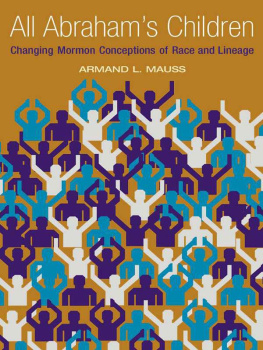
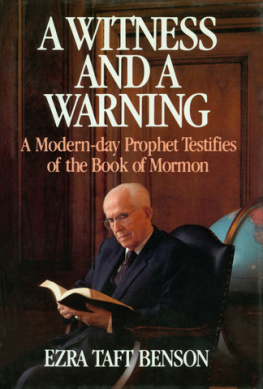

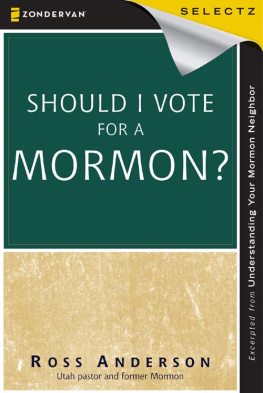
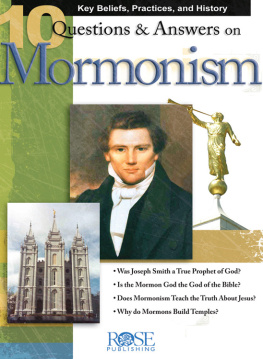
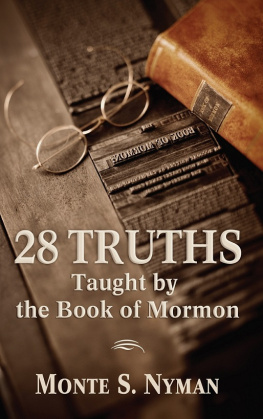

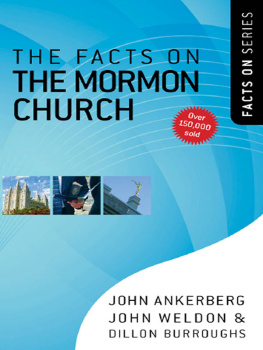
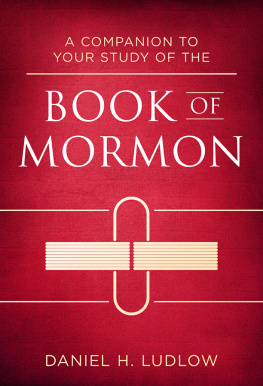
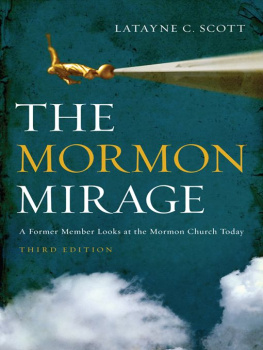
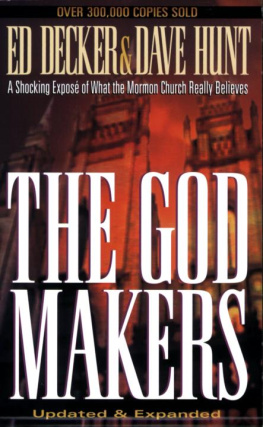

 This book is printed on acid-free paper.
This book is printed on acid-free paper.